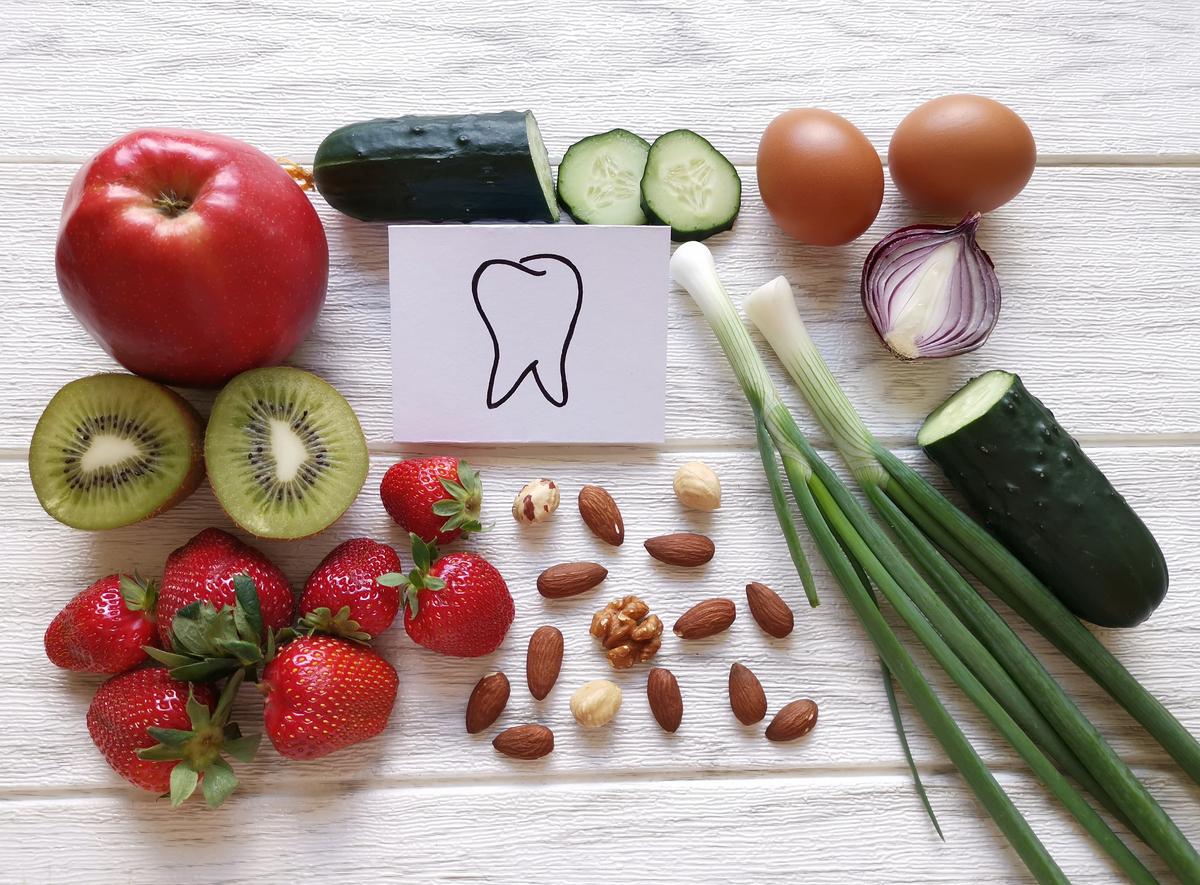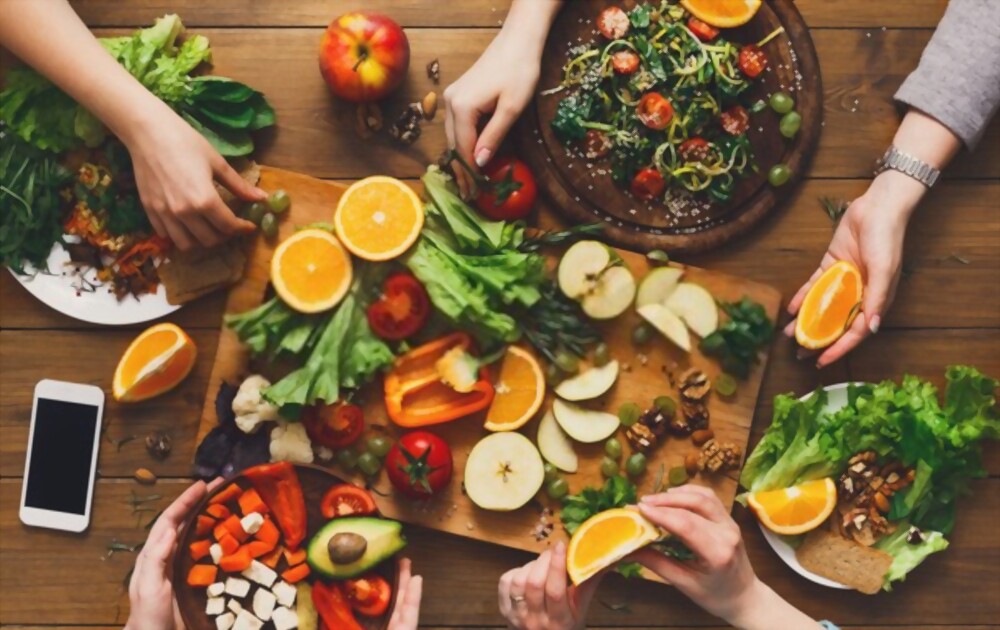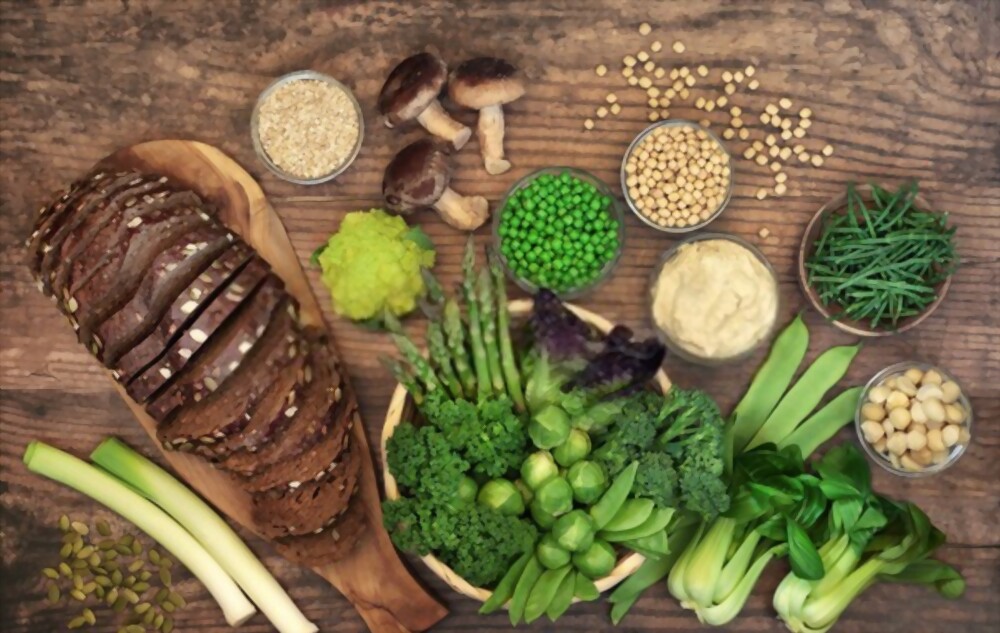Intriguing Insights into the World of Veganism
The practice of consuming plant-based food and avoiding animal-derived products is called Veganism. It is a philosophy and way of living to maintain the balance between animals, humans, and this planet. It is an environmentally friendly approach to prevent the abuse of animals on multiple levels for human greed.
History of Veganism
The history of veganism started around 2000 years ago (1). It originated from ancient Indian and East Mediterranean societies. Hinduism and Jainism advocated the idea of not inflicting any pain on animals. Some mathematicians and scientists like Pythagoras practiced vegetarianism due to religious beliefs. Pythagorean, the followers of Pythagoras never ate even beans as they thought that beans had human-like skin on them.
Dr William Lambe, in 1806, rejected animal products, even dairy- due to health-related issues. Later, he became one of the first vegans in the world. Many people started their journey of veganism and started this trend. One of them was Caroline Earl White, the creator of the first shelter in the USA and later became the mother of animal rights advocacy (2).
Later, in 1900, Donald Watson coined a new term vegan as vegetarian eats eggs and milk products. So, to differentiate it, vegan has been created. He is known as the father of veganism and the co-founder of The Vegan Society.
What is Veganism?
Vegan has been redefined by many people several times. However, here is the official definition.
“Veganism is a philosophy and way of living that seeks to exclude—as far as possible, and practicable—all forms of exploitation of, and cruelty to, animals for food, clothing, or any other purpose; and by extension, promotes the development and use of animal-free alternatives for the benefit of animals, humans, and the environment. In dietary terms, it is the practice of dispensing all products derived wholly or partly from animals.”
Is the Vegan Diet Good for the Environment?
Agriculture of animals has negative impacts on the environment, such as climate change, deforestation, water pollution, and depletion of natural resources. Some facts are:
- Animal agriculture causes 16.5 % of greenhouse emissions in total
- 90% of the depletion of the Amazon rainforest is due to large-scale production of red meat
- Maximum coverage of land by livestock in the United Kingdom
- Raising chicken and dairy farms causes major water pollution in the United Kingdom
- Remains of fishing equipment causing the death of sea life
Hence, all the research shows a significant impact on the environment, that the carbon footprint of a vegan diet is 60% less than someone eating meat and 24% smaller than that of a vegetarian diet (3).
What Foods are Vegan?
The vegan diet involves food from plants only. The animal-sourced food such as meat, honey, eggs, and milk are not included:
- Fruit and vegetables
- Legumes such as peas, beans, and lentils
- Nuts and seeds
- Bread, rice, and pasta
- Dairy alternatives such as soya milk and almond milk
- Vegetable oils.
Types of Vegan Diets
Whole food vegan diet: This diet is based on a wide variety of whole plant foods such as fruits, vegetables, whole grains, legumes, nuts, and seeds.
Raw food vegan diet: This is based on raw fruits, vegetables, nuts, seeds, or plant foods cooked at temperatures below 118°F (48°C).
Starch solution: This is a low-fat, high-carb vegan diet like the 80/10/10 diet, but it focuses on cooked starches like potatoes, rice, and corn instead of fruit.
Raw till 4: This low-fat vegan diet is inspired by the 80/10/10 diet and starch solution. Raw foods are consumed until 4 p.m., with the option of a cooked plant-based meal for dinner.
Thrive diet: The thrive diet is a raw food vegan diet. Followers eat plant-based, whole foods that are raw or minimally cooked at low temperatures.
Vegan junk diet: This is a vegan diet lacking whole plant foods that rely heavily on mock meats and cheeses, fries, vegan desserts, and other heavily processed vegan foods.
80/10/10 diet: This is a raw food vegan diet that limits fat-rich plants such as nuts and avocados and relies mainly on raw fruits and soft greens instead. It is also referred to as the low-fat, raw food vegan diet or fruitarian diet (4, 5).
The Health Benefits of a Vegan Diet
Many studies reveal that vegan and vegetarian diets offer diverse nutrition and health benefits to the body (6, 7):
- Low risk of heart diseases
- Low risk for obesity or high blood pressure
- Less likely to get diabetes
- Reduces the risk for cancer, especially breast cancer, uterus in females, and GI tract cancer
- Improves longevity
- Low body mass index
- Provides diverse nutrition to the body
Draw Backs of a Vegan Diet
- Lesser intake of proteins- required for chemical reactions in the body
- Reduced Omega 3 fatty acids – protect the cells and heart
- Reduced calcium- for bones and teeth health
- Zinc deficiency
- Vitamin B12 – it’s impossible to get this nutrient from a plant-based diet
- Vitamin D deficiency
- Vegan ice creams and cookies can be unhealthy if taken in high amounts (8, 9).
Nutritional Alternatives
- Protein: Soya, beans, nuts, and quinoa
- Calcium: Soy milk, fortified orange juice, tofu with calcium, spinach, broccoli, kale, and almonds
- Omega 3 fatty acids: flaxseeds, vegetable oils, and plant-based supplements
- Iron: Tofu, soy nuts, spinach, peanut butter, and fortified cereals
Simple Tips to Start a Vegan Diet
- Use plenty of vegetables
- Eat a variety of food to ensure you are getting all the nutrients
- Use whole grains such as brown bread, and wheat pasta to make you feel full
- Use of plant-based proteins to fulfill the protein requirement
- Focus on fish-free omega-3 fatty acids such as in flaxseed, soy, and canola oil
- Don’t neglect vitamin D supplements
- Get loads of iron (10).
Conclusion
Deciding to be a vegan can be easy, but maintaining the lifestyle can take more effort. As the world is still developing the idea of veganism, there are fewer options available as compared to animal diet products. Taking the necessary nutrients and a whole meal is essential to go vegan.
By: Shefali Daima
Similar Read;
- Top 5 Reasons Why People Switch to a Vegetarian Diet
- The Health Benefits of Fruits and Vegetables
- The Health Benefits of Being a Vegetarian
- How to Switch to a Vegan or Vegetarian Diet









Comments (0)